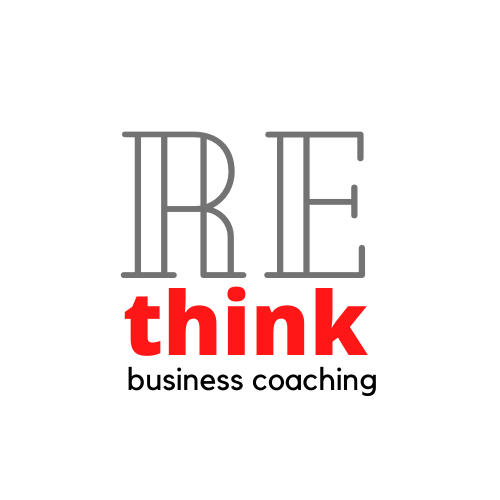I want to acknowledge that the AUTHOR formula was developed by Cham Tang, co-founder of Authentic Education, a leading coach training company in Australia.
In the realm of copywriting, numerous formulas exist to guide marketers in crafting persuasive messages. Well-known models include AIDA (Attention, Interest, Desire, Action), PAS (Problem, Agitate, Solution), ACCA (Awareness, Comprehension, Conviction, Action), and AIDPPC (Attention, Interest, Description, Persuasion, Proof, Close).
While these frameworks offer valuable insights, they can be overwhelming for beginners navigating the complexities of marketing.
The essence of all these formulas is to influence decision-making and prompt specific actions—be it purchasing a product, subscribing to a newsletter, attending a webinar, or booking a consultation. Even when the desired action isn’t directly sales-related, effective copy aims to inspire some form of engagement, such as adopting a new habit or altering a routine. The ultimate goal is to elicit action, which defines the success of any copy, especially in landing pages or video scripts.
After exploring various copywriting formulas, I found the AUTHOR formula to be particularly impactful, straightforward, and effective. It stands for Attention, Understand, Tension, Help Them, Offer Evidence, and Response. This structured approach guides readers from initial engagement to taking the desired action.
Before delving into the specifics of the AUTHOR formula, it’s essential to understand the core of marketing. At its heart, marketing is about capturing your target audience’s attention and time to build a relationship that fosters trust, ultimately leading to a transaction. This transaction provides them with a solution they desire for a problem they wish to resolve.
The more attention and time you secure from your audience, the greater the opportunity to build a strong relationship. Engaging them through ad copy, encouraging email list sign-ups, or hosting webinars are all strategies to capture attention and nurture relationships. The more value you provide during these interactions, the higher the likelihood that your audience will eventually engage in a transaction with you.
Now, let’s break down the AUTHOR formula:
Attention: Begin with a compelling element—be it a headline, question, or image—that grabs the audience’s attention. In today’s digital landscape, where users constantly scroll through content, it’s crucial to create “thumb-stopping” moments that make them pause and engage with your message.
Understand: Show that you genuinely comprehend the audience’s challenges, desires, and aspirations. Demonstrating empathy builds trust and makes the audience feel acknowledged and valued.
Tension: Highlight the gap between the audience’s current state and their desired state, creating a sense of urgency. This can be achieved by emphasizing the pain of their current situation or the pleasure they are missing out on, motivating them to seek a solution.
Help Them: Introduce your product or service as the solution to their problem or the key to achieving their desire. Clearly articulate how it addresses their specific needs and provides value.
Offer Evidence: Provide proof to support your claims, such as testimonials, case studies, or statistics. This builds credibility and reduces skepticism, reinforcing the effectiveness of your solution.
Response: Conclude with a clear and compelling call to action, guiding the audience on the next steps to take, whether it’s making a purchase, signing up for a newsletter, or contacting you for more information. The key here is to keep the desired response to one action only, because if more than one response is mentioned that creates a degree of confusion, and there’s a saying “a confused mind says no”. You don’t want your audience to say No, you want the them to say Yes.
By systematically applying the AUTHOR formula, marketers can create persuasive copy that effectively engages readers and drives them toward the desired outcome.
For a practical example, consider the landing page of health and fitness coach Lynett Marie. Her page effectively follows the AUTHOR formula, capturing attention with a compelling headline, demonstrating understanding of her audience’s struggles, building tension by addressing common pain points, offering her coaching services as the solution, providing testimonials as evidence, and concluding with a clear call to action. This approach has resulted in a steady stream of new sign-ups for her webinar, showcasing the formula’s effectiveness in practice. I will quickly break down her landing page and explain how she did it.
Lynette Marie’s landing page effectively captures attention with a large, professionally taken image of herself, enhancing credibility. The compelling “How to” headline includes powerful keywords like “free masterclass” and “generate clients,” immediately engaging the audience.
In the subheadline, Lynette demonstrates understanding of her audience’s desires by addressing “new & aspiring online health & fitness coaches” who “want clients now.” She then offers solutions, such as teaching how to create attractive content and introducing a 5-step process for acquiring steady clients.
Further emphasizing her understanding, Lynette provides a tailor-made webinar addressing these challenges. She offers evidence by introducing herself and showcasing testimonials through client message screenshots.
The primary call to action is to “sign up to my webinar,” with strategically placed buttons throughout the page to encourage clicks. Varying the phrasing—such as “Register,” “Yes! I want this!” and “Yes! Sign me up!”—adds a professional touch and reinforces trust.
In summary, Lynette’s landing page effectively employs the AUTHOR formula to resonate with her audience and prompt action, serving as a model for crafting persuasive marketing copy.
Now I hope this article has helped you to see how the AUTHOR formula offers a comprehensive and effective framework for crafting marketing copy that resonates with your audience and prompts them to take action. By focusing on attention, understanding, tension, providing help, offering evidence, and prompting a response, you can create compelling content that drives results.
